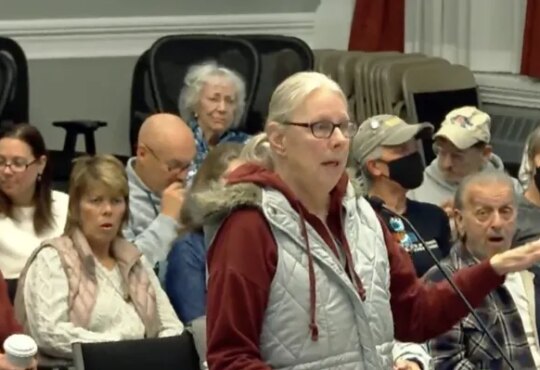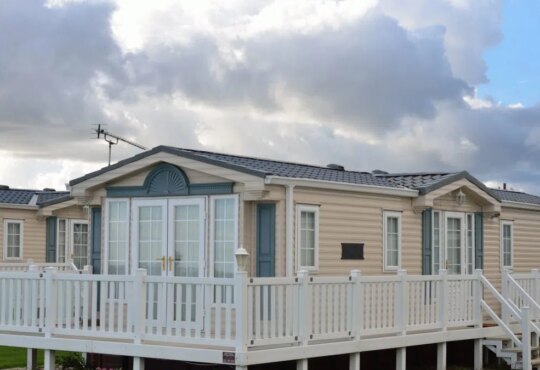The developer who won approval to build a 56-unit 40B project off Ferry Street more than a year ago is back to ask for a change.
Instead of the apartments that the Marshfield zoning board agreed to in July 2024, the duo behind the Bridle Crossing project want to convert the to-be-built units to condominiums.
At the time the project was first being deliberated, building the units as condominiums was something that developers Kevin Sealund and Matthew Dacey supported, said attorney Walter Sullivan.
The project was proposed under the 40B rule, which allows developers pitching an affordable housing project to bypass certain local regulations if a town’s overall housing stock is less than 10% affordable. At the time that the project passed, Marshfield was below this threshold.
All of the units – market rate and affordable – of a 40B apartment project count towards a town’s affordability rate. But only the designated affordable units of a 40B condominium project, at least 25% of them, can be counted toward this rate.
At the Tuesday, Oct. 28, zoning board meeting, Sullivan said, “our research is that clearly there’s a need for homeownership.”
“It will offer the residents of Marshfield an opportunity to benefit from homeownership,” he noted.
Sealund said that while prices weren’t set, a one-bedroom unit at this development could cost around $500,000.
Marshfield is just barely over the 40B affordability threshold at 10.26%, or 1,087 affordable housing units, as of April 2025. Sullivan said converting the project from apartments to condominiums won’t make “much of a dent.” A town’s 40B rate is recalculated after each national census.
One member worried whether the change would eventually put Marshfield back in a position below 10% affordability where it would have to consider 40B projects.
“Really, you put this in jeopardy of another 40B by doing this,” said zoning board member Stephen Lynch.
Still, the board seemed likely to approve the change. The meeting was continued to Tuesday, Nov. 25, for the developers to have time to work on language for the homeowners association.
The project was previously subject of an effort to “Stop the Big Dig” over concerns that removing a large amount of fill at the site would impact the town’s water quality. Town meeting told the town to send a letter to the state Department of Environmental Protection asking for comment on the project.
The department responded, in part, with information that septic systems and sewage treatment works are not prohibited in a Zone II wellhead protection area and removal of fill within four feet of the historical high groundwater table elevation is not allowed. The letter also outlined other permits or prohibitions that may be relevant to the project.
The project was appealed by a group of abutters, Sullivan said, but “we were able to dispense with that appeal.”
Hannah Morse covers growth and development for The Patriot Ledger. Contact her at hmorse@patriotledger.com.






